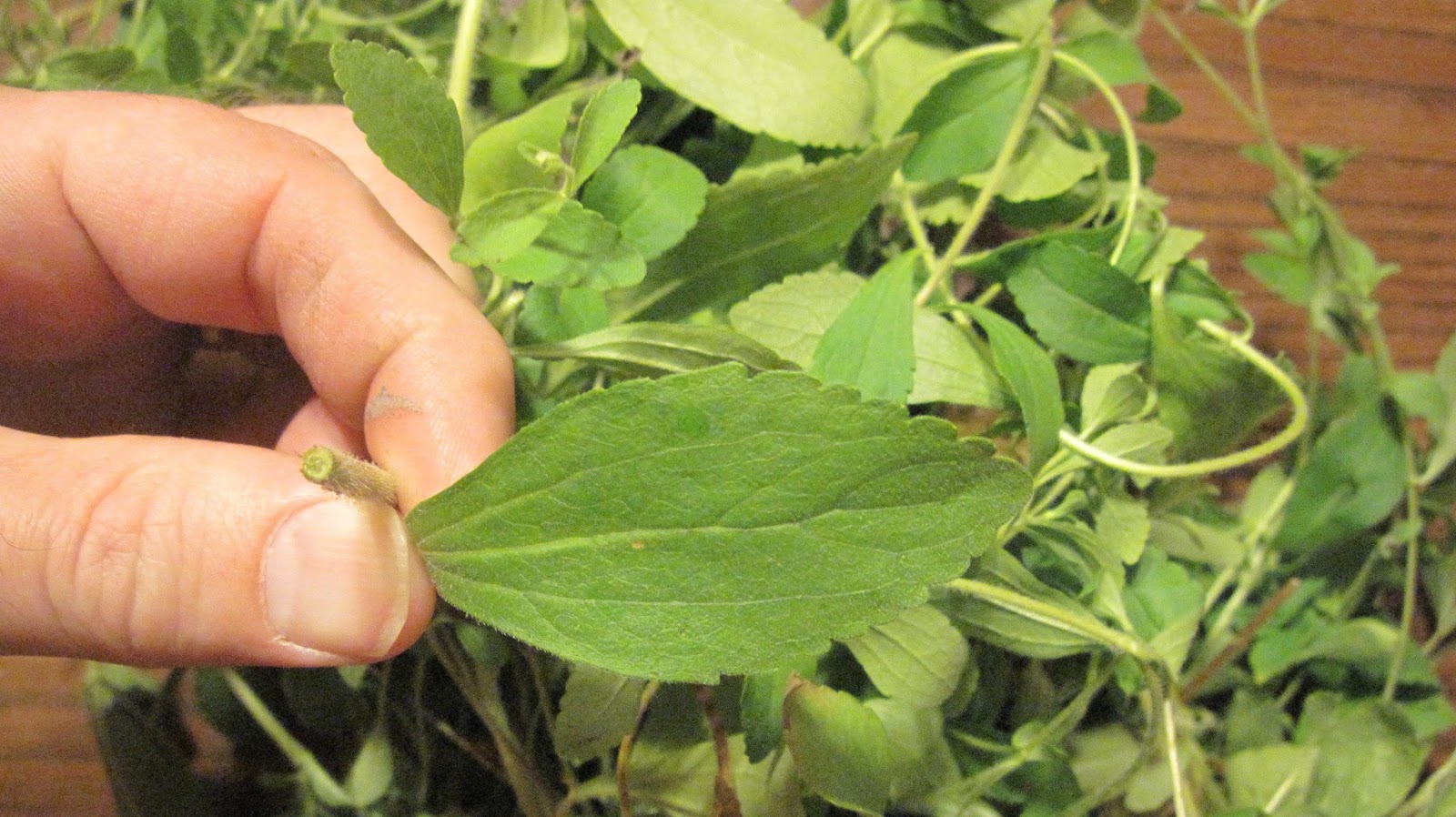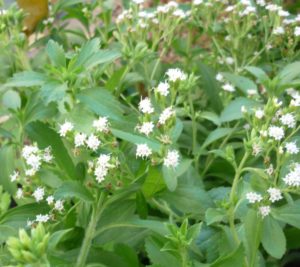
Want To Quit Smoking? - This Herb Destroys The Desire For Nicotine (and how to grow it)
Stevia can also be used to combat acne and effectively acts against dermatitis.
It is available in the form of a leaf, green and white powder and as a liquid. It does not require much, which means that you can plant stevia in your garden and in pots.
It is available in the form of a leaf, green and white powder and as a liquid. It does not require much, which means that you can plant stevia in your garden and in pots.
Growing Stevia
Grow stevia for its sweet leaves and for the green color it brings to your herb garden.Stevia is a pretty, green plant that looks a little like some of the flowering salvias.Although stevia (Stevia rebaudiana) looks like an average green plant, it is an exciting choice for the herb garden because of the natural, calorie-free sweetness found in its leaves. Appreciated by diabetics and dieters, stevia is a tender perennial that loves the warm sun and dies back in a freeze. However, in zones 9 and warmer, the roots usually survive the winter and will come back in the spring. It can overwinter in zone 8, too, with protection. Gardeners in frost-free areas enjoy growing stevia year-round, allowing it to grow into a small shrub. However, vigor declines after the second year, so if you want to harvest the maximum amount of foliage, it pays to replant.
If you garden in containers, give your stevia plant at least a 12-inch pot with a quality potting mix. Place it in full sun, and water whenever the top inch of potting soil feels dry.
 |
| Stevia is a pretty, green plant that looks a little like some of the flowering salvias. |
Soil, Planting, and Care
Plant your stevia so that it has about 18 inches of room to call its own. In the loose, loamy, well-drained soil that the plant prefers, it will grow 1 to 3 feet in height, depending on the length of your growing season. Wait until after all danger of frost has passed before planting. Feed with compost or Bonnie Herb and Vegetable Plant Food as directed on the label. Mulch to prevent the plant from drying out on hot summer days. Container-grown plants will benefit from the same plant food and mulch.
Troubleshooting
Stevia doesn’t like soggy soil, so make sure that it has good drainage, or the roots could rot. A sure sign of rot is wilting from which the plant doesn’t recover after watering. Fortunately, few insects bother stevia plants.
Harvest and Storage
When your stevia plant blooms in fall, trim off the flowers and the plant will make more leaves.Stevia bears small white flowers in the fall. At this point, the plant stretches out and offers fewer good leaves for harvest. Trim off the blooms to keep the plant producing leaves as long as possible.Leaves are sweetest in the cool temperatures of autumn. They also taste best prior to the plant blooming.
To preserve summer’s plenty and to make stevia convenient to use, dry it. Cut whole stems and then strip the leaves and tender stem tips. Place these on loosely woven fabric or non-metal screening outdoors on a dry, sunny day. One day should be long enough to dry the leaves; be sure to bring them in before the dew dampens them again. You can also use a food dehydrator if you have one. Once the leaves are crisp, crush them by hand or powder them with a food processor. Store in an airtight container. While the powdered leaves will not dissolve, they are a wonderful way to sweeten your beverages and foods.

| Stevia bears small white flowers in the fall. At this point, the plant stretches out and offers fewer good leaves for harvest. Trim off the blooms to keep the plant producing leaves as long as possible. |
Uses
As well as stemming the brain’s craving for nicotine, stevia has a host of other fantastic medical propeties.Stevia can be grown for its leaves that give food and beverages sweet taste without the calories of sugar.Use the fresh leaves during the growing season to sweeten tea. The sweetness in the leaves is approximately one-fourth as concentrated as the white, powdered stevia sold at the store.
When sweetening with powdered leaves, use about 1/8 teaspoon of dried stevia to equal the sweetness of 1 teaspoon of sugar. Remember, while stevia will withstand the heat of cooking, it will not caramelize like sugar or feed yeast for breads.
If you enjoyed reading this article and want to see more like this one, we’d be humbled if you would help us spread the word and share it with your friends and family. Join us in our quest to promote free, useful information to all!
* This article was originaly writen and published on http://www.organicandhealthy.org/2016/09/want-to-quit-smoking-this-herb-destroys.html
Please login to post a comment.

